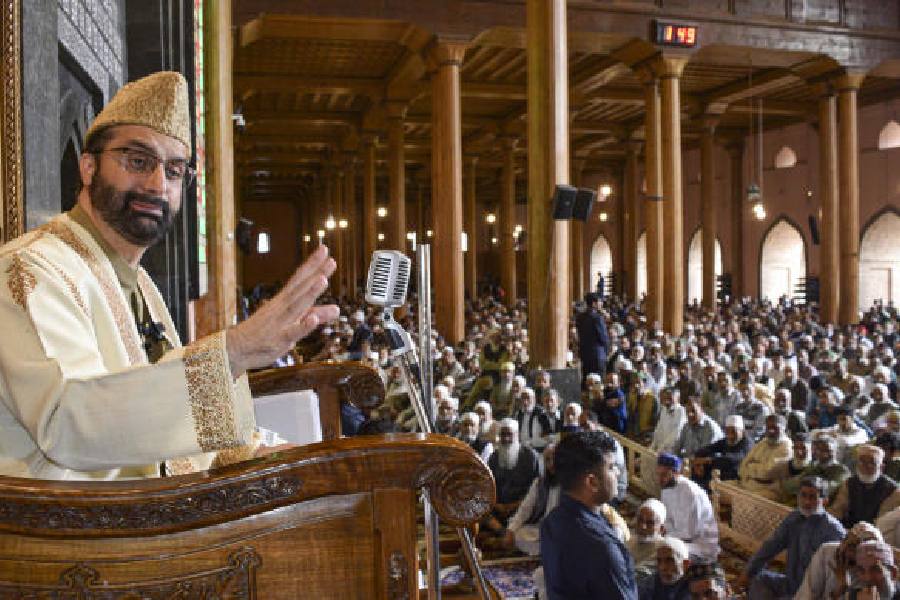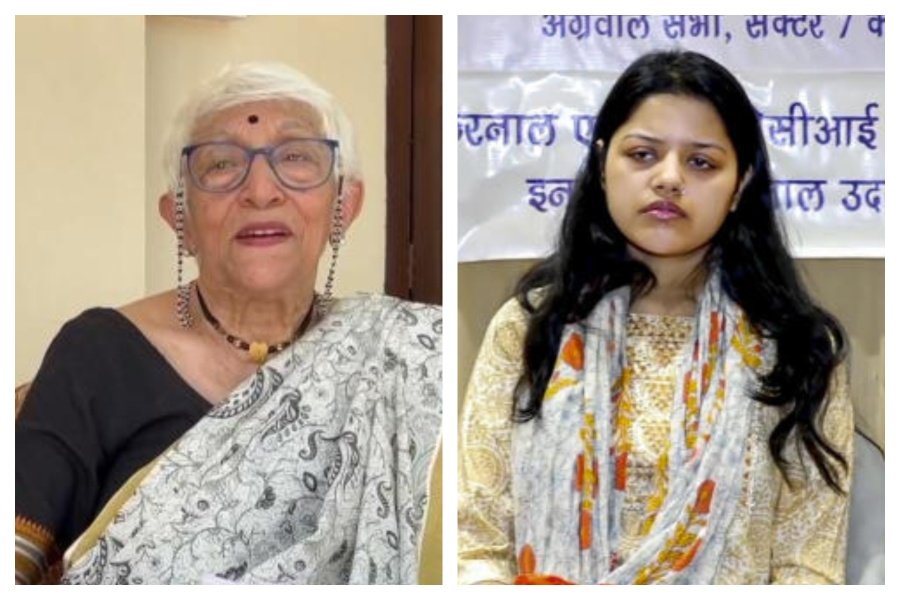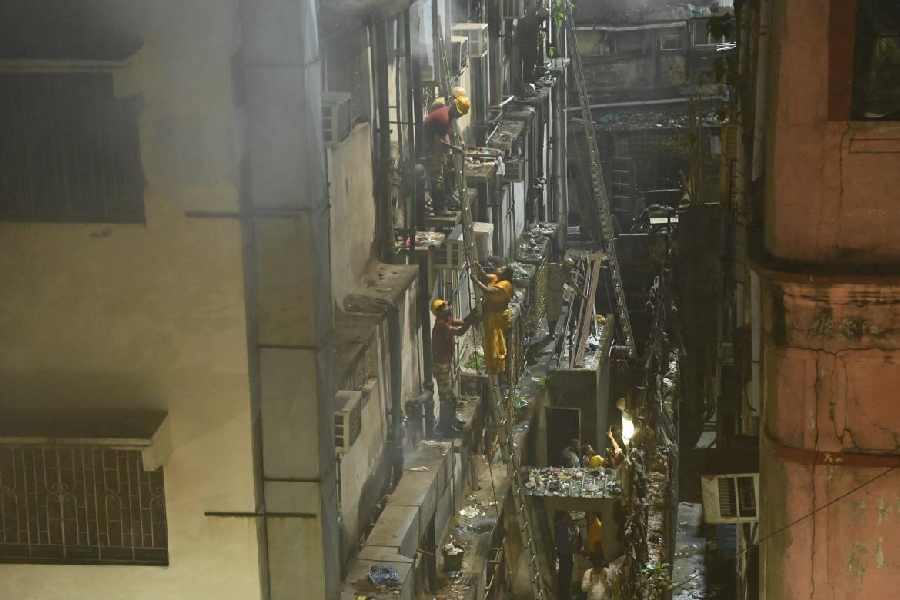The importance of hit music in a Hindi film was underlined by the kind of opening that Abbas-Mustan’s 36 China Town got last week. The Aashiqui number had hit the popularity charts before the film was released and the song was one of the biggest reasons for the star-studded thriller to get a flying start.
The director-duo that made the Rs 15 crore film wasn’t half as lucky with Subhash Ghai’s Mukta Arts, though. For Ghai, the directors made Shaadi Se Pehle which was released just a month before China Town. Though the music of Shaadi Se Pehle was pretty good, it had no chart busting songs. That was one of the reasons the Akshaye Khanna starrer did not manage a bumper opening.
Without a doubt, the promotion of 36 China Town was also far superior to that of the previous film, but music finally played a major role in determining the initial opening of the two films. In the case of Shaadi Se Pehle, Ghai over-estimated the crowd-pulling power of its heroine, Mallika Sherawat. If Mallika’s Murder commanded an excellent opening, it wasn’t just because of the sexy actress, but also because of the super-hit music in the film (not to mention the bold statements Sherawat made in her pre-release interviews).
Needless to say, 36 China Town reaped the benefits of an impressive opening. For a film in today’s day and age, getting a good opening is half the battle won and the Akshaye-Kareena-Shahid starrer managed to recover nearly 50 per cent of its cost in the first week itself.
Interestingly, the film recovered nearly 40 per cent of its cost from non-theatrical sources (satellite, audio, video and DVD rights) even before it was released. In simple words, at the end of the first week, the film needed to recover just 10 per cent of its total cost after which it could start generating profits.
Despite a happy start, 36 China Town may not be a hit. This is because a long run at the cinema theatres is ruled out for the film. The film needs to record around 65 to 70 per cent occupancy levels for at least three to four weeks more for it to emerge as a hit. That seems to be almost impossible under the circumstances because a drop in collections has already begun. Nevertheless, that the film is successful is good enough. It does not matter if it is not a runaway hit.
Surprisingly, Mahesh Bhatt’s Gangster, released just a week before 36 China Town, opened to dull houses even though its music was superior to that of the Abbas-Mustan film. The trade was shocked by the first day’s collections of the Emraan Hashmi movie. But there was a solid reason for the poor opening. Emraan carries a lover-boy image while the title of the film suggested that it was action oriented.
Clearly, music is of paramount importance in a film, but so is star image and star power. Yet, the hit songs of Gangster slowly but surely did the trick and box-office collections picked up as the week progressed. Even after such a weak opening, if Gangster has proved to be a paying proposition, it is as much because of its content as because of its songs. Had 36 China Town got off to such a slow start, it may, perhaps, not have been possible for it to have turned the corner because of its production budget. But Gangster was made at a third of the cost of China Town. The point I am trying to make is that music played a significant role in the success of both 36 China Town and Gangster. In the former case, it ensured a flying start for the film and in the latter its magic worked despite a poor start.
On the other hand, Ram Gopal Varma’s Darna Zaroori Hai had no music to write home about. There was just one song in the film that was more of an item number. Horror films seem to do well if they have good music. Raaz, Jaani Dushman and many other similar films are examples.
Varma’s earlier film Bhoot was an exception, but its success paled in comparison with the success of films like Raaz and Jaani Dushman. In the case of Darna Zaroori Hai, even its huge star cast could not save the day for Varma and his distributors. Made at a modest budget of Rs 5 crore, the film will entail losses for its distributors. About Rs 2 crore was spent on publicity and another Rs 1 crore on prints. So against a total cost of Rs 8 crore, the film will make barely Rs 4 crore to Rs 5 crore.
If the film had a hit musical score to brag about, things may not have been as scary. But without the support of songs, its collections in the second week fell dramatically, making the film live up to its title. Yes, after seeing such horrific collections, it was indeed darna zaroori hai for the distributors.
Komal Nahta is editor, Film Information










